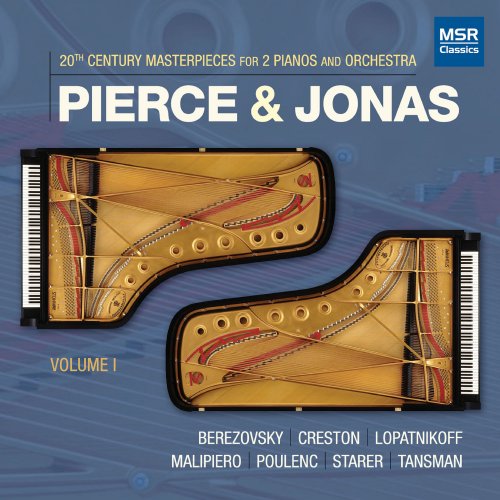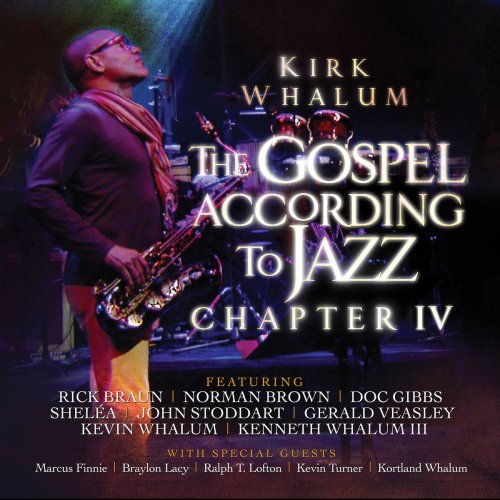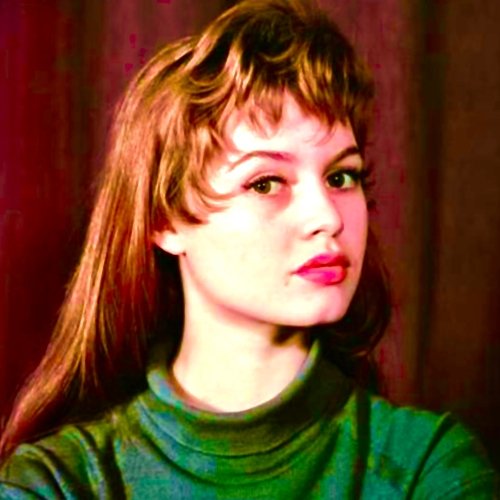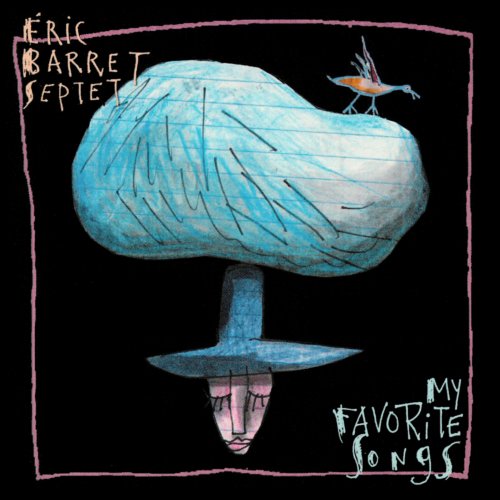Pierce & Jonas Piano Duo - 20th Century Masterpieces for 2 Pianos and Orchestra (2021)

Artist: Pierce & Jonas Piano Duo
Title: 20th Century Masterpieces for 2 Pianos and Orchestra
Year Of Release: 2021
Label: MSR Classics
Genre: Classical
Quality: flac lossless
Total Time: 02:06:43
Total Size: 542 mb
WebSite: Album Preview
TracklistTitle: 20th Century Masterpieces for 2 Pianos and Orchestra
Year Of Release: 2021
Label: MSR Classics
Genre: Classical
Quality: flac lossless
Total Time: 02:06:43
Total Size: 542 mb
WebSite: Album Preview
CD1
01. Concerto for 2 Pianos and Orchestra, Op. 33: I. Allegro risoluto – Animato – Pochissimo meno – Molto vivace
02. Concerto for 2 Pianos and Orchestra, Op. 33: II. Andante – Poco agitato – A tempo (tranquillo) – come primo
03. Concerto for 2 Pianos and Orchestra, Op. 33: III. Allegro molto vivace – Molto tranquillo – Tempo
04. Suite for 2 Pianos and Orchestra: I. lntroduction and Allegro. Lento pesante – Allegro con brio
05. Suite for 2 Pianos and Orchestra: II. lntermezzo-Lento
06. Suite for 2 Pianos and Orchestra: III. Perpetuum Mobile-Presto possibile
07. Suite for 2 Pianos and Orchestra: IV. Variations, Double-Fugue and Finale-Modere
08. Suite for 2 Pianos and Orchestra: V. Variation I-L’istesso tempo
09. Suite for 2 Pianos and Orchestra: VI. Variation ll: Risoluto
10. Suite for 2 Pianos and Orchestra: VII. Variation II-Sarabande (Lento)
11. Suite for 2 Pianos and Orchestra: VIII. Variation IV-Tarantella (Molto vivace)
12. Suite for 2 Pianos and Orchestra: IX. Variation V-Variation Polonaise (Modere)
13. Suite for 2 Pianos and Orchestra: X. Double Fugue and Finale-Allegro deciso
14. Dialoghi VII for 2 Pianos and Orchestra: I. Allegro
15. Dialoghi VII for 2 Pianos and Orchestra: II. Lento
16. Dialoghi VII for 2 Pianos and Orchestra: III. Allegro – A tempo – Più mosso
17. Fantasie for 2 Pianos and Orchestra, Op. 9: I. Allegro con fuoco
18. Fantasie for 2 Pianos and Orchestra, Op. 9: II. Allegro vivo
CD2
01. Concerto in D Minor for 2 Pianos and Orchestra: I. Allegro non troppo – Lento subito – Tempo I – Lento subito – Calme
02. Concerto in D Minor for 2 Pianos and Orchestra: II. Larghetto – Beaucoup plus allant – Tempo I
03. Concerto in D Minor for 2 Pianos and Orchestra: III. Finale: Allegro molto – Agitae – Plus calme – Tempo I – Sans ralentir
04. Concerto for 2 Pianos and Orchestra: I. Fast and bright
05. Concerto for 2 Pianos and Orchestra: II. Slow, poco rubato
06. Concerto for 2 Pianos and Orchestra: III. Lightheartedly
07. Concerto for 2 Pianos and Orchestra: IV. Slow, deliberate; fast
08. Concerto for 2 Pianos and Orchestra, Op. 50: I. Allegro energico
09. Concerto for 2 Pianos and Orchestra, Op. 50: II. Andante pastorale
10. Concerto for 2 Pianos and Orchestra, Op. 50: III. Allegro vivo
Two things propelled the re-emergence of the keyboard double concerto. One of them was the revival of interest in early classical and baroque music. The other was the emergence of the piano duo, those popular and virtuosic two-piano teams that captured a big audience and toured widely. Some of these duos became superstars: Vronsky & Babin, Gold & Fizdale, Whittemore & Lowe, Luboshutz & Nemenoff are still remembered as masters of their trade and it is due to them and others like them that this new piano-and-orchestra repertoire was created. And this is the tradition that Joshua Pierce and Dorothy Jonas have revived and carried forward as the successors to those virtuosic piano duos of another era. It is logical that Pierce & Jonas have recorded – and, in some cases unearthed and revived – these masterpieces of 20th century two-piano-and orchestra repertoire. This 2-CD album containing seven of these works constitute the first volume; there will be six more in the forthcoming 2-CD second volume, making a bakers dozen of works in all, an extraordinary collection of original works for this medium by an extra-ordinary piano duo working in a grand tradition.
The pundits talk about ‘neo-classicism’ as one of the two leading movements of 20th century music (the other is ‘expressionism’ including twelve-tone music), but the real musical trend was usually something closer to ‘back to Baroque’. The baroque concerto grosso, the model for the so-called neo-classical concerto, is based on the string orchestra (with continuo) from which the typical soloists are drawn but which may also use winds or even members of the lute family as soloists. The typical form is fast-slow-fast with the first movement dominated by driving motoric impulses, the second usually lyrical in a baroque arioso style and the finale, again motoric, often with a dance-like feel. The concerto started to change in the classical period and became something quite different in the Romantic period, also mostly in three movements but built rather on symphonic form and contrasting key structure.
Oddly enough, keyboards were a regular part of the baroque concerto grosso as members of the continuo or ensemble back-up but they rarely appeared as solo instruments. This seems to have changed with Bach who, in his Leipzig period, organized concerts in Zimmerman’s Coffee House and composed or arranged concertos for one, two, three and even four harpsichord soloists – generally played by Bach himself with his talented sons. In spite of all the possible variables, two was the magic number and the idea of a double concerto persisted into the classical and even early romantic period. But after Mozart and the young Mendelssohn, the two-piano concerto seems to have faded away, only to be revived in the 20th century with the ‘back to baroque’ form of neo-classicism.
The first 20th century two-piano concerto seems to have been written in 1912 by the German composer Max Bruch but, for reasons unknown, it was never performed in its original version until long after the composer’s death in 1920. Igor Stravinsky, usually considered the founder of neoclassicism wrote a Concerto for Two Pianos in the 1930s but, curiously, there is no orchestra. Only in the 1920s and ‘30s did the idea of the two-piano concerto – with orchestra – start to emerge in the work of composers in the neo-classical or back-to-baroque camp. In short, the works recorded here are not only masterworks of their kind but also highly innovative for their time.
One of the most imaginative and compelling duo piano teams of our time, PIERCE & JONAS has been successfully performing and recording unjustly neglected 2- piano repertoire since the mid-1980s. In an enormous range spanning the 19th and 20th centuries, works by composers from Mozart, Mendelssohn, Saint-Saens, Rachmaninov and Poulenc are rendered with the same musical precision and inspiration as that of more contemporary composers, including Berezowsky, Britten, Creston, Gould, Malipiero, Martinu, Piston, Poulenc, Starer and Tansman. The duo has appeared with many symphony orchestras world-wide including those of Houston, San Antonio, Mexico City and Luxembourg as well as the Royal Philharmonic, Philharmonia, National Symphony of Polish Radio and Television, (Katowice), Luxembourg Radio Symphony, Slovak Philharmonic, State Philharmonic of Kosice, Czech Radio Symphony, Orchestra da Camera di Roma, Chicago Sinfonietta, San Antonio Symphony, Philharmonia Virtuosi and the Utah Symphony. Among their many recent performances include concert appearances in San Diego, Tijuana, Baja, Bratislava, Slovakia and various cities in the Czech Republic. In 1984, Miklós Rósza composed for Pierce & Jonas a work which became the Spellbound Concerto Fantasie for 2 pianos and orchestra (a lengthier work than the original score, including material not used on the original soundtrack). For them, Rósza also composed the New England Concerto for 2 pianos and orchestra, based on his music for the films Lydia and Time Out of Mind. The premier performances which took place at Salt Lake City and at Snowbird with the Utah Symphony were critically acclaimed, and resulted in an invitation to give a Command Performance for the Royal Family with the Philharmonia Orchestra at the Royal Festival Hall. In 1997, Pierce & Jonas gave the world premiere performance of William Thomas McKinley’s Concerto for 2 Pianos and Orchestra, composed expressly for them, with the Czech Radio Symphony under Vladimir Valek in Prague. The duo also made the premiere recording of William Quincy Porter’s 1958 Pulitzer Prize-winning Concerto for 2 Pianos and Orchestra. As part of Johnny Reinhard’s American Festival of MicroTonal Music, Pierce & Jonas gave a unique series of performances at CAMI Hall, New York University and at MicroFest in Trenton, New Jersey, which included the premieres of Stefen Konicek’s Preludium, Blues and Toccata for 2 pianos and Roland Moser’s Homage AO, as well as other 2-piano works by Alan Hohvaness, Mordecai Sandberg, Ivan Wyschnegradsky, Bruce Mather and Charles Ives. Their prize-winning recording of John Cage’s Three Dances for Two Prepared Pianos is considered the definitive account.
![Paul Mauriat - Après toi (1972) [Hi-Res] Paul Mauriat - Après toi (1972) [Hi-Res]](https://img.israbox.com/img/2025-12/19/7apc8ramq91sp9mgfuj4lcflg.jpg)

![Enrico Zanisi - Blend Pages (2025) [Hi-Res] Enrico Zanisi - Blend Pages (2025) [Hi-Res]](https://www.dibpic.com/uploads/posts/2022-12/1670308427_enrico-zanisi-blend-pages-2018.jpg)
![Richard Carr, Czech National Symphony Orchestra, Vladimir Martinka - Richard Carr: The Leap (2025) [Hi-Res] Richard Carr, Czech National Symphony Orchestra, Vladimir Martinka - Richard Carr: The Leap (2025) [Hi-Res]](https://img.israbox.com/img/2025-12/22/0ruhq82oeu9h4oypzf8u61qbv.jpg)

![Pharoah Sanders - Love is Here: The Complete Paris 1975 ORTF Recordings (2025) [Hi-Res] Pharoah Sanders - Love is Here: The Complete Paris 1975 ORTF Recordings (2025) [Hi-Res]](https://www.dibpic.com/uploads/posts/2025-12/1766433183_a3712374313_10.jpg)
![Clifton Chenier - Bon Ton Roulet! (1967) [Hi-Res] Clifton Chenier - Bon Ton Roulet! (1967) [Hi-Res]](https://img.israbox.com/img/2025-12/20/a5svymspyands9f5esq020o3f.jpg)
![Philippe Chrétien, Jeannot Steck - Eclipse - The Album (2025) [Hi-Res] Philippe Chrétien, Jeannot Steck - Eclipse - The Album (2025) [Hi-Res]](https://www.dibpic.com/uploads/posts/2025-12/1766208210_folder.jpg)
